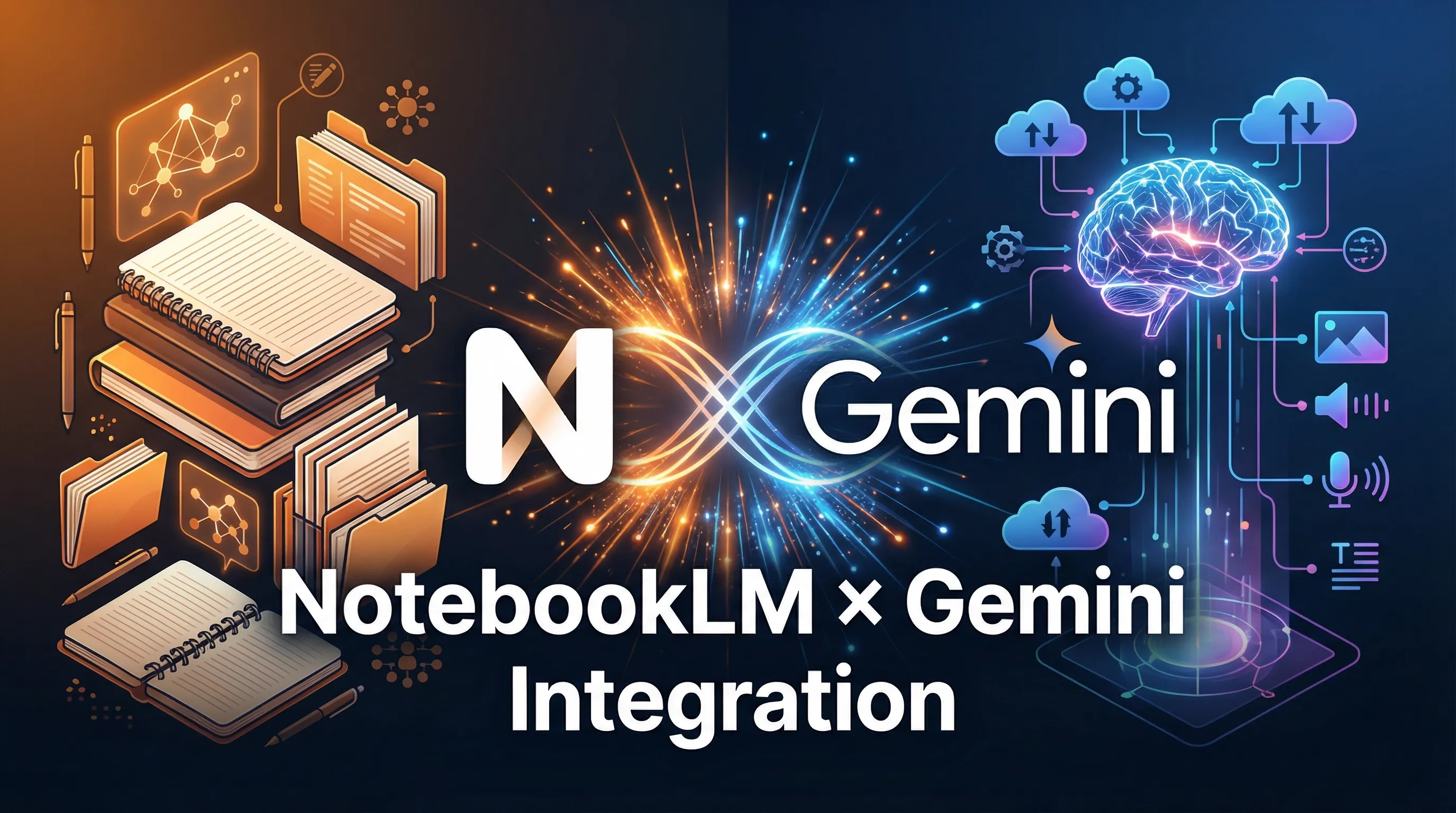The web world is flooded with huge amounts of information every day. Efficiently collecting and analyzing necessary data from this ocean of information has become an extremely important issue in business and research. Meanwhile, “Firecrawl” is attracting attention.
Firecrawl is a next-generation data collection tool that innovatively evolves traditional web crawling technology. Combining speed, flexibility, and scalability, Firecrawl accurately and quickly extracts data from large-scale websites, bringing new possibilities to an organization's data strategy.
In this article, I will explain a wide range of topics, from basic concepts to practical uses of Firecrawl. Whether you're new to web scraping or a data science expert, you'll have a better understanding of the innovative solutions Firecrawl has to offer.
How will Firecrawl transform business and research in the modern age where digital transformation is accelerating? Let's explore its possibilities and future.
Firecrawl definition and basic concepts
1. What is Firecrawl
Firecrawl is an innovative API service for efficiently collecting and extracting data from websites. By simply specifying a specific URL, it has the ability to crawl that entire website and extract data from every accessible subpage.

The main features of Firecrawl are as follows.
- Automatic data conversion: The extracted data is automatically converted into a clean markdown format. This allows users to easily format and reuse collected data.
- High flexibility: All accessible subpages can be automatically crawled, even if no sitemap exists. This eliminates the need to know the structure of the website in advance and greatly improves the efficiency of data collection.
- Open source: Firecrawl is developed as an open source project. Developers are free to use and improve the code, and can customize it according to their specific needs.
- Community Driven: Developed by Mendable.ai and its user community, it is continuously evolving based on user feedback.
2. Differences from web crawling
Firecrawl is based on traditional web crawling technology, but it differs in a few key ways:
- Specialized services: FireCrawl specializes in deep crawling for specific URLs. Whereas typical web crawlers index a wide range of web pages, Firecrawl thoroughly collects information within designated websites.
- Automated data conversion: Firecrawl automatically converts collected data into markdown format. This is a feature not usually included in common web crawlers, and it enables immediate use of data.
- Compatibility with AI: Since it is output in a clean data format, it is easy to link with AI and data analysis tools. This enables advanced analysis and utilization of collected data.
- Flexible crawling: The ability to crawl without relying on a sitemap is particularly effective for dynamic content and frequently updated sites.
Due to these characteristics, Firecrawl demonstrates its true value, particularly in projects that require rapid processing of large amounts of data and data analysis using AI. It is attracting attention as a next-generation tool that surpasses the limits of conventional web crawling technology and enables more efficient and flexible data collection.

Firecrawl Technical Overview
Firecrawl leverages the latest Large-Scale Language Model (LLM) and has the ability to efficiently extract structured data from web pages. With this technology, developers can easily acquire complex data and convert it into a format that can be used for AI applications. In particular, LLM supports developments in the field of natural language processing, and Firecrawl uses that power to quickly provide the data users seek. This makes data collection and analysis more efficient.
Modern websites commonly use JavaScript to dynamically generate content. Firecrawl has the ability to accurately capture such dynamic content and collects all the information users need without omission. This feature enables more comprehensive data analysis by extracting data not only from static pages but also from pages containing interactive elements. This allows users to make decisions based on the most current information.
Firecrawl has an orchestration function to crawl multiple pages simultaneously, enabling quick data retrieval. This parallel processing allows users to gather large amounts of data in a short time, and is particularly effective in large-scale projects. Furthermore, the acquired data is provided in a clean Markdown format, making subsequent data processing and analysis easier. This allows developers to work more efficiently.
Firecrawl's caching feature greatly improves efficiency by storing previously retrieved content and avoiding re-retrieval unless there's new content. This feature allows users to quickly obtain the data they need without consuming wasted resources. Caching also plays an important role, especially on high-traffic websites, as it reduces the load on servers and improves overall performance.

Firecrawl usage examples
Firecrawl is an essential tool for AI companies and provides a powerful way to efficiently utilize web data. In particular, its ability stands out when collecting training data for large language models (LLM). By specifying a specific URL, Firecrawl automatically crawls relevant web pages and extracts the necessary data in a structured format. This process enables AI companies to rapidly collect huge amounts of data and improve model accuracy
Firecrawl is also extremely useful in marketing research. Businesses can extract information from competitors' websites and analyze market trends and consumer preferences. Specifically, it is possible to make strategic decisions by collecting reviews and ratings on specific products and services and understanding competitors' strengths and weaknesses. As such, Firecrawl has become an important tool to support data-driven marketing strategies.
For content creators, Firecrawl greatly simplifies the process of gathering information. Since it is possible to quickly collect and organize the data necessary for writing blogs and articles, creators can focus more time on improving the quality of content. For example, writing work is streamlined by automatically collecting the latest information on specific topics and outputting relevant data in Markdown format. Thus, Firecrawl is a strong partner for improving creators' productivity.
Firecrawl also demonstrates its capabilities in the field of lead generation (measures to acquire potential customers). Businesses can automatically gather information about potential customers and gain business insights (the customer's hidden true intentions). Specifically, it is possible to implement target marketing by crawling websites related to specific industries and markets and analyzing customer needs and behavior patterns. As such, Firecrawl has become an important tool to support strategic business development utilizing data.

Benefits of Firecrawl
Firecrawl is designed to make it easy for users to extract web data without the need for complicated programming. This service crawls the specified URL and collects data from all accessible subpages. The resulting data is provided in a clean markdown format, and users can obtain the information they need without any hassle. This greatly simplifies the process of data extraction and lowers technical hurdles.
The extracted data is provided in a format optimized for Large Language Models (LLMs), so users can immediately utilize that data. Specifically, FireCrawl uses JSON schemas to define the structure of the data you want to extract. With this approach, data is formatted in a form that is easy for LLM to understand, and can be quickly analyzed and applied. As a result, use in data science and AI development sites is promoted, and efficient use of data is realized.
Firecrawl is designed to be highly scalable and can process large amounts of data efficiently. This makes it possible to flexibly respond to increased data needs as business grows. For example, when a company enters a new market, it is possible to secure competitive advantage by quickly gathering and analyzing the necessary information. Firecrawl's powerful crawling capabilities will be an essential tool, especially for businesses making data-driven decisions.
Firecrawl offers a user-friendly API interface that is easy to use even for users with less technical knowledge. The interface is intuitive and designed to help users quickly obtain the data they need. For example, it is possible to extract data from a specific web page by simply sending a simple request through an API. Thus, Firecrawl provides data extraction power even to users without specialized skills, and has realized a wide range of usage scenarios.

How to deploy Firecrawl
The first step to using Firecrawl is to create an account on the official website and obtain an API key. This API key acts as authentication information for accessing Firecrawl features. After creating an account, users can easily generate an API key from the dashboard and use it to perform various data extraction tasks. API keys must be carefully managed for security reasons. This prevents unauthorized use by others and allows you to use Firecrawl's features with peace of mind.
Next, install SDKs such as Python or Node.js to incorporate Firecrawl into the project. This allows developers to call FireCrawl's API and retrieve data directly from their applications. Installing an SDK is usually easy using a package manager. For example, for Python, use pip to install, and for Node.js, use npm. This allows developers to quickly set up the environment and take advantage of Firecrawl's powerful data extraction capabilities.
The basic usage of Firecrawl is to extract data from specified URLs. Using simple code snippets, developers can retrieve data with just a few lines of code. For example, when using the Python SDK, you can obtain page content in a clean markdown format by specifying a URL and calling the API. This process is highly intuitive and is a powerful tool for gathering information quickly, especially in data science and AI projects.
Error handling is important when using the API. Firecrawl returns an appropriate error message if the request fails or an invalid URL is specified. Developers can catch these errors and provide a better user experience by displaying easy-to-understand messages to users. Additionally, it is possible to address temporary network issues by implementing a retry function. This increases the reliability of data extraction and contributes to project success.

Summary: Firecrawl's innovation in data collection
Firecrawl is a revolutionary API service that is revolutionizing the field of web data collection. The core of this lies in the ability to efficiently extract necessary data from complex web environments and provide it in a form that can be used immediately.
The features of this innovative tool are wide-ranging. Firecrawl has a variety of features to meet modern data needs, such as advanced data extraction capabilities utilizing large-scale language models (LLM), support for dynamic content, high-speed data collection through parallel processing, and a user-friendly interface.
Firecrawl has a wide range of applications and plays an important role in all fields of making data-driven decisions, from collecting training data in AI development to marketing research, content production, and lead generation. Its ease of use and flexibility makes it easy for users without technical expertise to collect and analyze complex web data.
Furthermore, its nature as an open source project promises continuous improvement and evolution, and provides a place to gather the wisdom of the user community. This allows Firecrawl to keep up with the latest web technology and user needs at all times.
The advent of Firecrawl symbolizes the democratization (democratization) of data collection. Advanced data extraction technology, which until now only experts could handle, has been sublimated into a tool that anyone can use. This innovation is bringing new possibilities to business and research sites, dramatically improving the quality and speed of data-driven decisions.
In conclusion, Firecrawl is becoming more than just a data collection tool and is establishing itself as an essential infrastructure for the digital age. Its innovative functions and wide application possibilities have greatly contributed to improving business competitiveness and improving research efficiency, and are accelerating the realization of a data-driven society. The potential for what new innovations Firecrawl's future development will create is immeasurable.
As data is being called the new resource of the 21st century, Firecrawl has become a powerful tool for efficiently “mining” that data and turning it into valuable information. The importance of Firecrawl will only increase in the future as a key for organizations to derive real insights from an ocean of data and establish competitive advantage.



















































